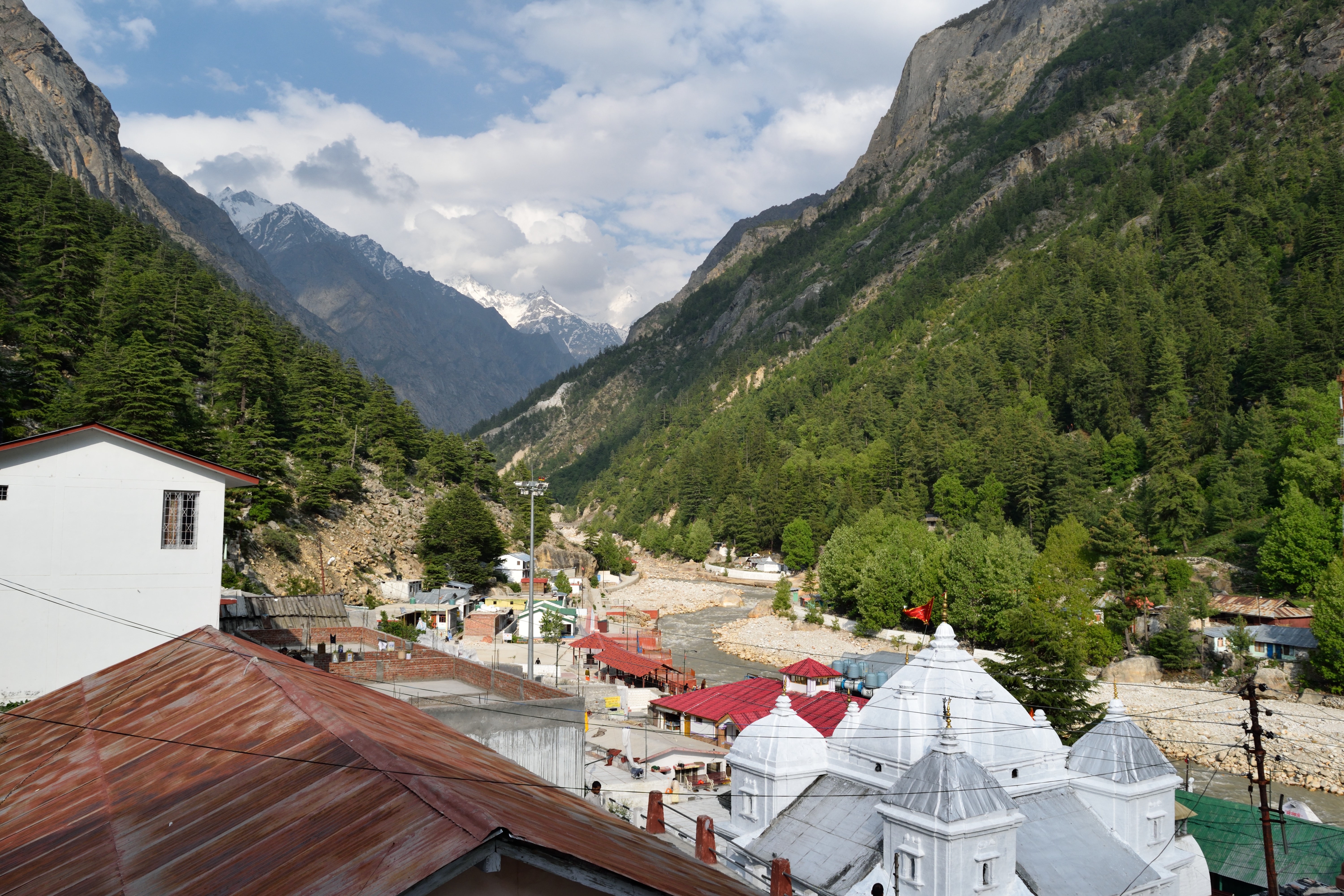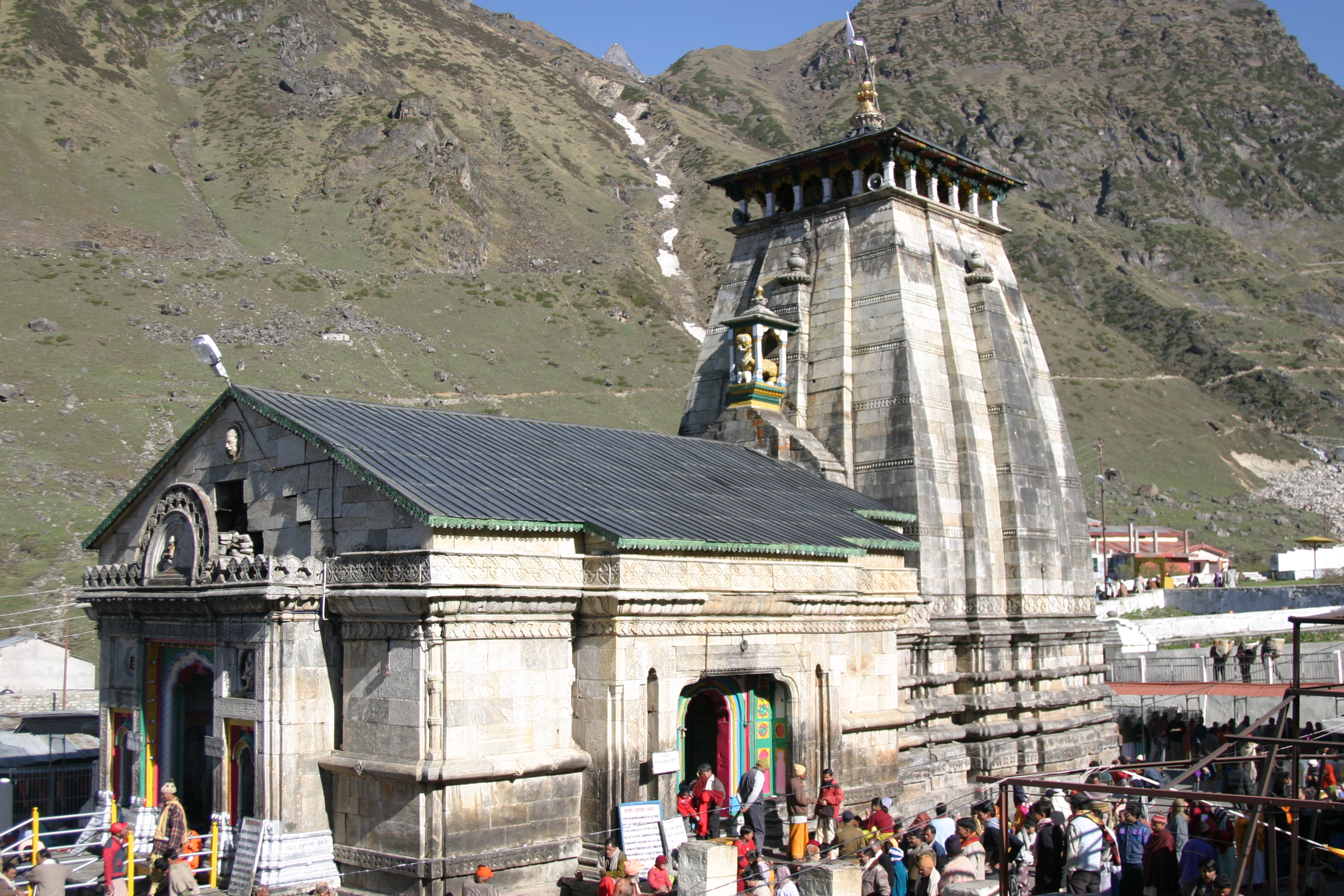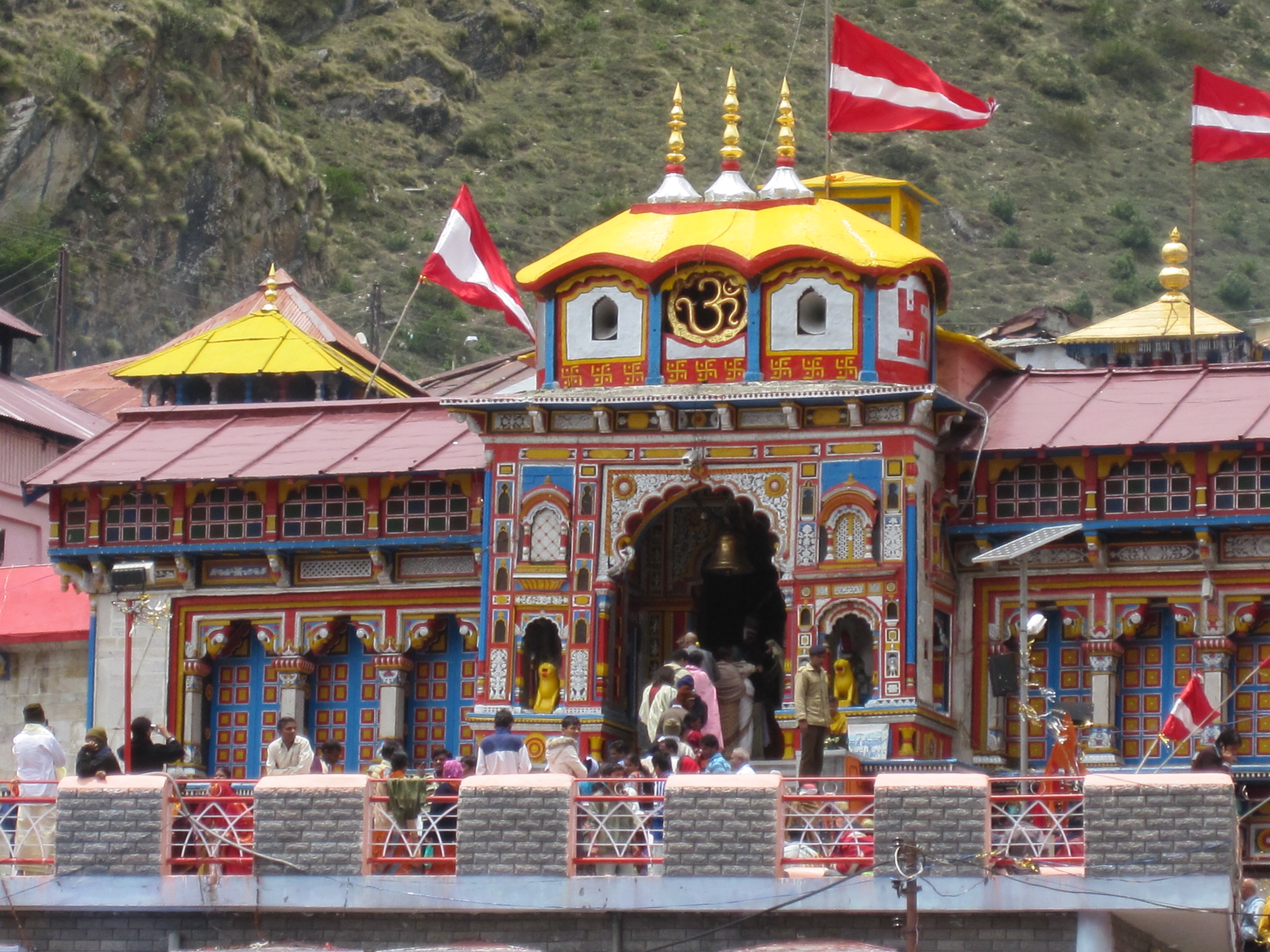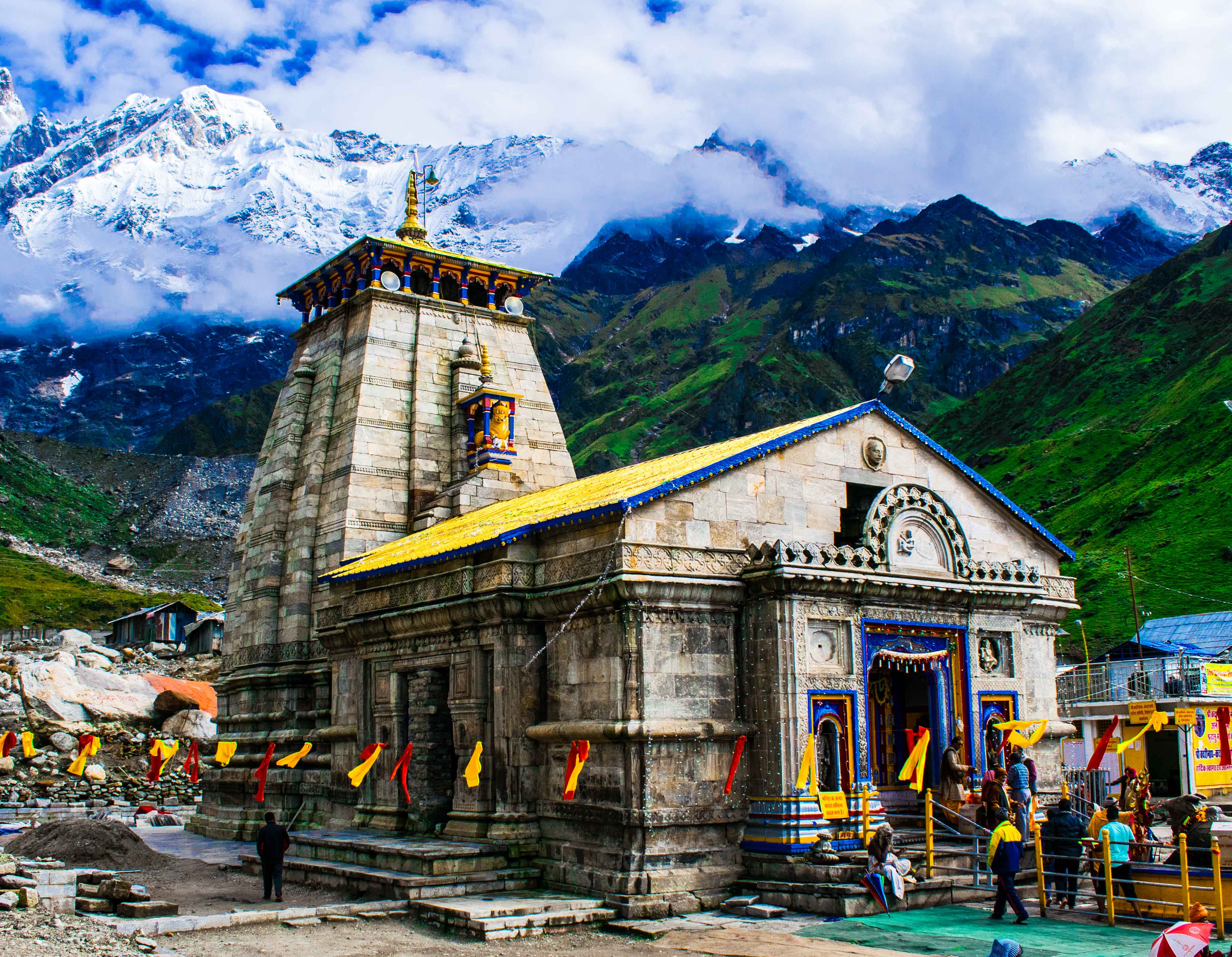Sacred Hindu shrine in Uttarakhand, honoring River Goddess Ganga




Gangotri Temple stands as a profound spiritual landmark nestled in the Uttarkashi district of Uttarakhand, embodying centuries of Hindu mythology and cultural reverence. Dedicated to Goddess Ganga, this sacred site represents more than a mere architectural structure—it is a living testament to divine intervention and spiritual mythology that has captivated generations of devotees.
The temple's origins are deeply intertwined with legendary narratives that trace back to the epic tales of Hindu cosmology. According to sacred scriptures, the river Ganges descended from the celestial realm through Lord Shiva's matted locks, a miraculous event initiated by King Bhagiratha's intense meditation and spiritual quest to liberate his ancestors' souls. This mythological backdrop transforms the temple from a physical space into a profound symbol of spiritual redemption and divine grace.
Architecturally, the temple exemplifies the traditional Nagara style, constructed with gleaming white granite that reflects the pristine mountain environment. Its five Shikharas, rising approximately 20 feet high, represent a harmonious blend of spiritual symbolism and artistic expression. The Garbha Griha houses not only the primary idol of Goddess Ganga but also complementary divine representations, creating a comprehensive spiritual ecosystem within its sacred walls.
The temple's historical significance extends beyond mythology, with tangible contributions from notable figures like the Nepalese general Amar Singh Thapa, who constructed the current structure in the early 18th century. Its strategic location and spiritual importance have made it a crucial component of the revered Char Dham pilgrimage circuit, attracting thousands of devotees annually who seek spiritual purification and divine blessings.
Seasonal rituals add another layer of cultural complexity to Gangotri's spiritual narrative. From May to October, the temple welcomes pilgrims, while during the harsh winter months, the deity is ceremoniously transferred to Mukhba village—a practice that demonstrates the adaptive spiritual traditions of the Himalayan region. This annual migration represents a delicate dance between human devotion and nature's formidable constraints.
Legends surrounding the temple are not merely historical footnotes but living narratives that continue to inspire and intrigue. Stories of Lord Rama's visit during his legendary exile and Lord Hanuman's worship at the site infuse the location with a sense of divine presence that transcends mere physical boundaries. These mythological accounts transform Gangotri from a geographical location into a spiritual landscape where celestial and earthly realms intersect.
The temple's cultural significance extends far beyond its religious functions. It serves as a repository of collective memory, preserving intricate connections between human spiritual experiences and the natural world. The presence of statues like Adi Shankaracharya within the temple compound further emphasizes its role as a nexus of philosophical and spiritual discourse, bridging ancient traditions with contemporary spiritual understanding.
Modern pilgrims and visitors are drawn not just by religious motivations but by the profound sense of spiritual energy that permeates the environment. The temple represents a living tradition, where myths, architectural beauty, and spiritual practices converge to create an immersive experience that resonates deeply with human aspirations for transcendence and connection with the divine.
Discover more attractions within 50km that might interest you

Uttarkashi, Uttarakhand
Sacred Himalayan wilderness where glaciers meet spiritual pilgrimage

Kedarnath, Uttarakhand
Sacred Himalayan Temple Where Pandavas Sought Divine Forgiveness